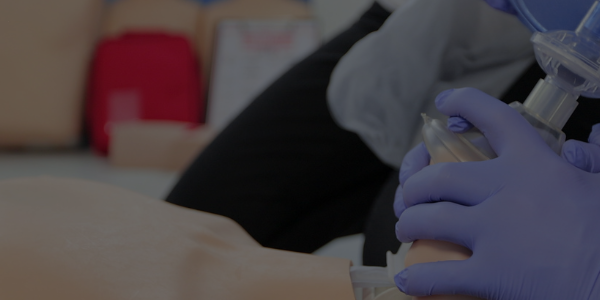Water Safety -This week is going to be hot, so make sure to be safe around water.
Here are 8 of our tips to keep safe around water this week.
- Always wear a lifejacket. Make sure you’re always wearing a lifejacket when fishing, boating, or using a watercraft.
- Supervise children. Actively supervise children at all times around water. Stay close and within arm’s reach.
- Avoid drugs and alcohol around water. Drugs and alcohol can delay your reaction time, inhibit your ability to assess risk, and effect your swimming ability. It’s a deadly combination.
- Be aware of medical conditions and their impact around water. Make sure you know your limits, have regular check-ups with your doctor, treat conditions, and don’t swim alone.
- Check conditions. If you’re heading out on the water, check the weather conditions before leaving. When swimming check for currents and rips before entering the water.
- Don’t take risks around water. Cliff jumping, diving from bridges, and reckless behaviour on boats can result in permanent injury or death. Play it safe, it’s not worth the risk.
- Always swim between the flags when at the beach. If you get into trouble, stay calm and attract attention by raising your arm above your head.
- Learn CPR and first aid. Resuscitation can mean the difference between life and death. Learn lifesaving skills so you can provide vital treatment in the event of an emergency.
Water safety in the workplace
Water hazards are present in many workplaces, not just public swimming pools or shipyards. Workplace drowning is a risk to all sorts of workers — whether for landscape engineers maintaining a pond berm or construction workers repairing a water pipe in a ditch.
Drowning is not the only water-related risk. Employees can slip on wet floors in an office building. Power tools that come into contact with water can electrocute construction workers. Bridge workers can suffer hypothermia from falling into cold water.
Your first line of defense against such water-related hazards is simple awareness. Occupational Safety and Health, for example, encourages employers to imagine the worst case scenario and then take appropriate protective countermeasures.
Ensure employees working
Ensure employees working around deep water know how to swim. And someone on the job should have basic CPR training. Give everyone a chance to earn their CPR certification at least every other year and encourage people to participate.
Reduce electrocution risks
Water and electricity are not a good mix, but it’s inevitable that the two will meet at many worksites. Indoor swimming pools require electric lights, for example, plus electric tools for maintenance and repair. All electrical cords should be properly insulated to meet outdoor weather standards.
Prevent water-induced falls
Walking on wet floors can easily lead to a serious accident. In most worksites, floors will eventually need washing. Wet processes are a daily reality in many manufacturing operations. Employers can reduce the risk of falls by setting up signs warning of wet, slippery conditions; installing false floors and drainage systems; and providing workers with non-slip, waterproof footwear.
Awareness and common sense can go a long way to ensuring a safe workplace, even one with water hazards. Knowledge is the most important tool at your disposal to ensure safety in the workplace. If you educate yourself on potential water-related hazards, you’ll be better able to recognize them where they crop up.
Please note that regular First Aid and CPR Training is the best way to make sure that you’re prepare in the case of an emergency. Book a course with us!
Find this article helpful? Read more of our blogs here!





